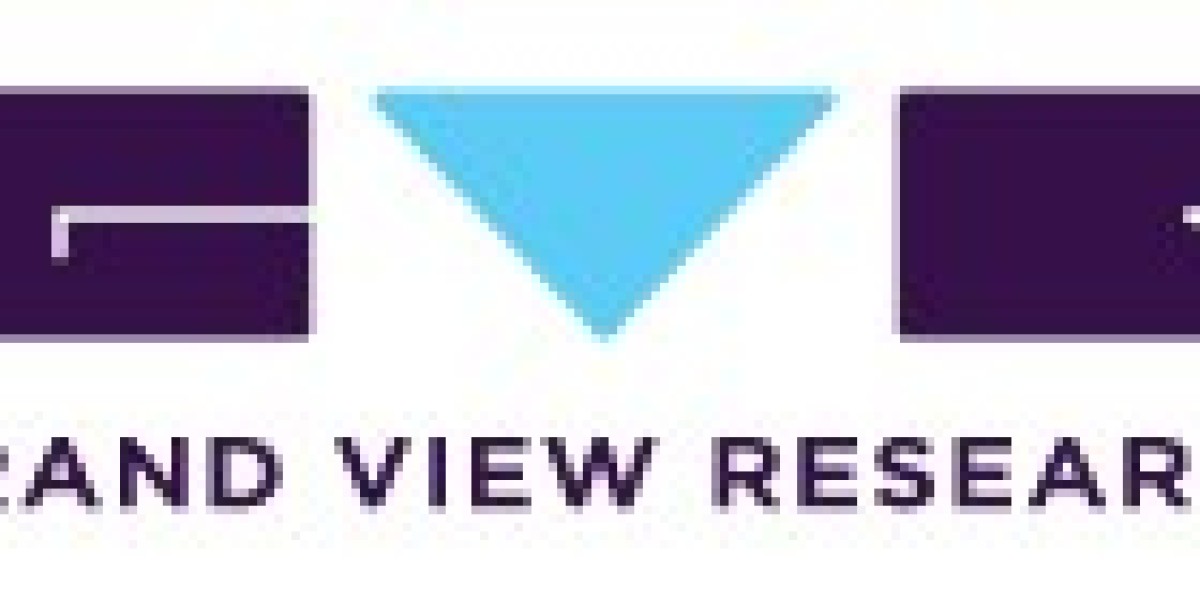The global aerogel market was valued at approximately USD 1.38 billion in 2024, with projections for a compound annual growth rate (CAGR) of 17.0% from 2025 through 2030. Aerogels, renowned for being lightweight, highly porous, and effective insulators, are increasingly applied across various sectors such as construction, aerospace, automotive, and electronics. With a continued rise in global energy consumption, the demand for materials that effectively reduce energy loss is pressing. Aerogels meet this demand with their outstanding thermal insulation qualities, making them particularly valuable for building insulation and providing thermal protection in industrial processes.
Aerogels are low-density materials that retain unique properties in solid form. Traditionally, they are manufactured through supercritical drying technology, although newer technologies have emerged to enhance efficiency. Aerogels are created by removing liquid from a gel in a way that leaves behind a 3D nanoporous structure, typically containing 80 to 99% air. While they can be produced from various materials, silica aerogels are the most common type. Other materials used in aerogel production include polymer and carbon, which are selected based on specific application requirements.
Gather more insights about the market drivers, restrains and growth of the Aerogel Market
The aerospace and defense industries are pivotal segments within the aerogel market, requiring materials that are both lightweight and capable of withstanding extreme temperatures and environmental conditions. Aerogels are increasingly utilized for insulating spacecraft, aircraft, and protective gear for military use. The emphasis on reducing weight to enhance fuel efficiency and overall performance in these sectors drives the demand for aerogels, positioning them as essential for high-performance applications.
Additionally, increased awareness of environmental issues and a move towards sustainable materials are major forces shaping the aerogel market. As industries aim to reduce their ecological impact, aerogels serve as a viable solution due to their low density and high thermal efficiency. Research into bio-based aerogels and eco-friendly production techniques is expected to attract additional investments, accelerating market growth. With sustainability emerging as a priority, aerogels are well-suited to benefit from this shift, solidifying their role as transformative materials across multiple applications.
End-use Segmentation Insights:
In 2024, the oil and gas sector held the largest share of the aerogel market, accounting for 61.0% of total revenue. Aerogels, with their high porosity, low density, exceptional thermal insulation, and strong mechanical properties, are highly valued in oil and gas for efficient thermal management, particularly in drilling, transportation, and refining processes. Their ability to withstand extreme temperatures while providing insulation reduces energy consumption and enhances safety in oil and gas facilities.
Performance coatings are projected to experience the highest CAGR of 18.4% throughout the forecast period. The drive towards sustainability and energy efficiency is fueling the adoption of aerogel-based performance coatings. As industries seek to reduce their carbon footprint, integrating aerogels into coatings supports these sustainability goals by lowering energy demands for heating and cooling. Additionally, innovations in aerogel production are making these materials more cost-effective and accessible, which encourages their application across an expanding range of industries.
Order a free sample PDF of the Aerogel Market Intelligence Study, published by Grand View Research.



